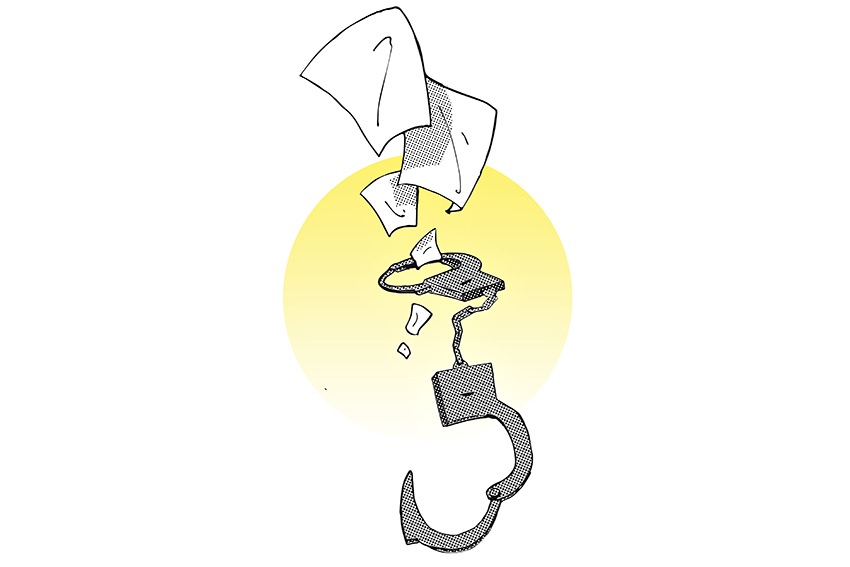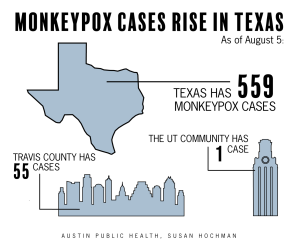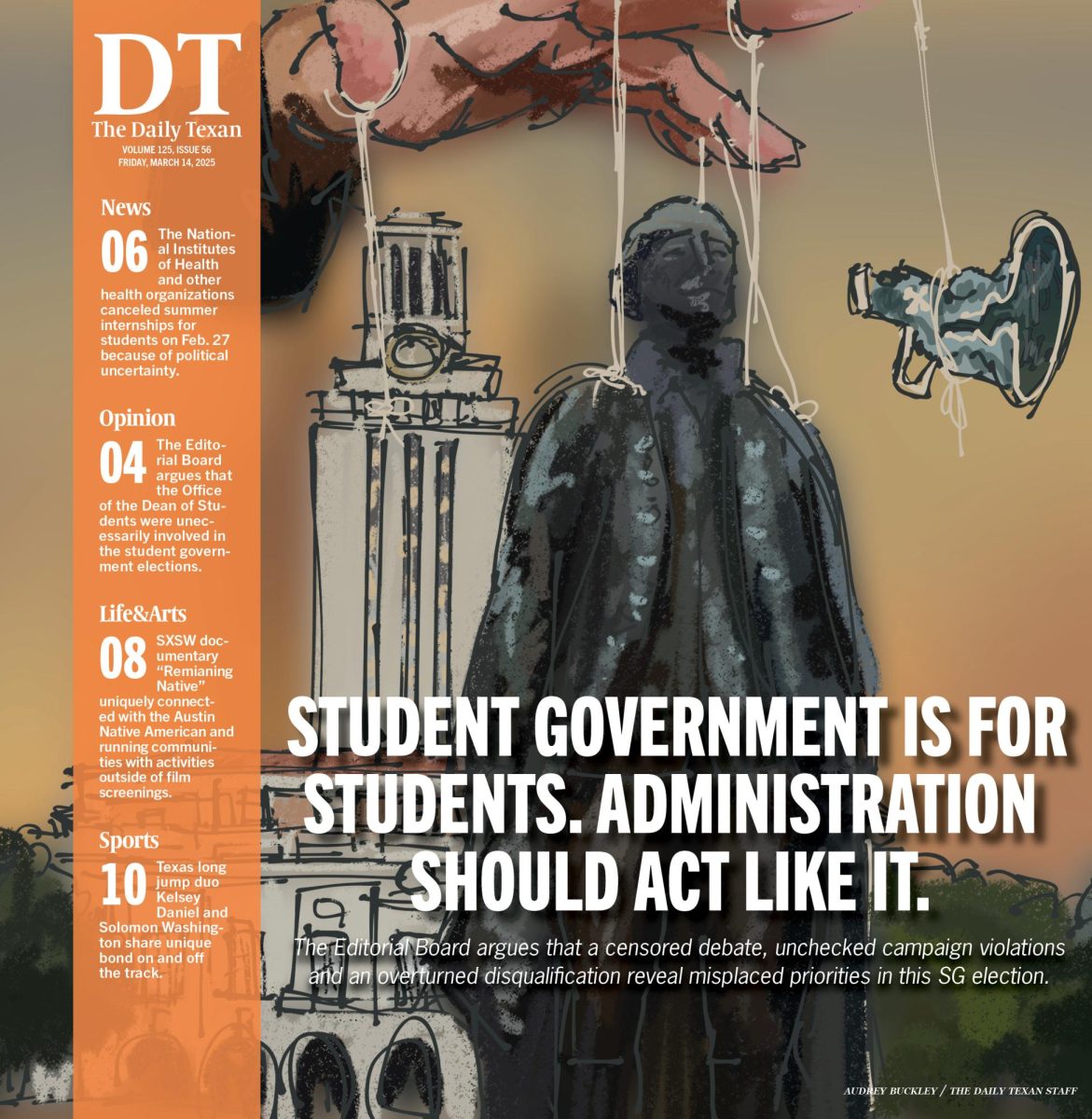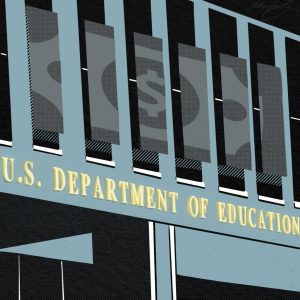Putting a wrench in the school-to-prison pipeline: Alternatives to zero-tolerance discipline in public schools
August 9, 2022
Editor’s note: This article first appeared in the August 9, 2022 flip book.
Growing up in her predominantly low-income Hispanic community near San Antonio, Kollette Zamora saw friends she knew as good people inexplicably fall into trouble — and eventually juvenile detention centers.
Zamora said the school-to-prison pipeline, a process of students slotted out of public schools and into criminal juvenile justice systems, is compounded by racial biases and widespread disciplinary policies with no room for nuance.
“I had a lot of great friends who just fell victim to the pipeline,” said Zamora, a social work graduate student at UT. “That’s where my passion came from.”
Zamora’s experience led her to tackle the topic in a recent paper, published in the McNair Research Journal, where she explored the phenomenon and proposed an alternative three-strike disciplinary method that includes conflict management and community involvement.
“People of color tend to suffer more because of stereotypes,” Zamora said. “A lot of times, teachers, administration and police officers … have this idea that because (the students are) Hispanic or because they’re Black, they act this way and they’re gonna react this way.’”
Communities with a high concentration of Black, Latino and low-income populations are more affected by the school-to-prison pipeline, said Yolanda Padilla, a UT social work professor, director of the Center for Diversity and Social & Economic Justice and Zamora’s mentor for the paper.
“Of all the things that can go wrong in society, that’s where they intersect, at the criminal justice system: poverty, racism, lack of access to education or lack of attention,” said Padilla. “As we know, mental health problems in schools, the way they are manifested, is through disciplinary behavior.”
Zero tolerance is a disciplinary method that uses predetermined consequences, such as expulsion and suspension, in response to misbehavior in students regardless of its context. A 2012 study on nearly one million Texas students in schools using zero tolerance found that 60% faced suspension or expulsion between grades seven to 12. Of this amount, 10% dropped out and nearly 14% had exposure to juvenile justice.
Marilyn Armour, a retired UT social work professor who led restorative justice initiatives in Texas, said punitive measures cause students to develop a “who cares anyway” attitude, fostering future dropouts.
Zamora’s proposal for an alternative to zero tolerance involves a district-wide three-strike system of first referring students to a school social worker, then a conflict management workshop and finally administrative intervention that offers volunteer work, based on students’ continued escalation of behavior.
Armour, a former director of the Institute for Restorative Justice and Restorative Dialogue, said most disciplinary methods focus on “bad students” and do not address the broader issue of the hierarchical school system’s view on discipline.
When a student steps out of line, a teacher may feel their authority threatened and use strict discipline — an issue further facilitated by a high cultural diversity gap between overwhelmingly white teachers and students of color, Armour said. Restorative justice can create engagement between students and teachers, creating safe and positive connections.
“Part of what we’re talking about is a conditioning process and culture, about how we respond to wrongdoing and what we feel needs to be done to ‘put students in their place’ without looking at what that means in terms of cultural context,” Armour said. “What needs to be done (is) to focus on building a relationship rather than administration and punishment.”
















